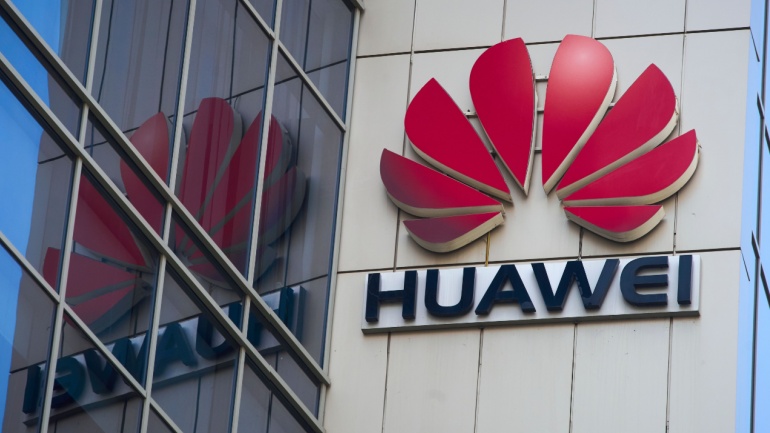Catalogic Software has unveiled significant enhancements to its CloudCasa solution, elevating backup capabilities, expanding Azure support, and enhancing Amazon EKS features. CloudCasa now supports Persistent Volumes without snapshots and integrates with Azure Arc-enabled Kubernetes clusters. These advancements offer robust data protection and disaster recovery for complex Kubernetes environments.
Huawei is expanding its AI cloud services across the Asia-Pacific region, significantly growing despite US-led sanctions. Their offerings, including Ascend Cloud Service and Pangu large language model, aim to revolutionize sectors like finance and weather forecasting. This strategic move presents exciting opportunities for VoIP engineers and IT professionals.
Australia-based Infoblox recently published an insightful report on the hybrid and multi-cloud maturity of APAC organizations. The report reveals that APAC firms are either lagging or leading in cloud management. Key findings emphasize the benefits of strategic investments and collaboration in hybrid, multi-cloud environments to optimize security and efficiency.
Reinvent Telecom has launched MyCloud UCaaS, a robust unified communications platform aimed at boosting revenue for its reseller partners. President Bill Bryant emphasizes its focus on empowering partners with reliable, feature-rich solutions. MyCloud UCaaS offers cloud-based services like voice-to-text voicemail, call management, and integration with Microsoft Teams, revolutionizing VoIP communications.
Nokia and Bharti Airtel’s first trial of 5G non-standalone technology in India achieved over 1.2 Gbps data throughput on Airtel’s commercial network. The trial used the 3.5 GHz spectrum for 5G, leveraging Nokia’s RAN software and advanced virtualization.
Rogers Communications has partnered with Ericsson to test groundbreaking 5G Cloud RAN technology, marking its first deployment at a live event during a Toronto Blue Jays game. This advancement builds upon Rogers’ national 5G SA core network, enhancing technological capabilities, network reliability, and energy efficiency.
Oculum, a leading provider of video conferencing and unified communications solutions, has announced its membership in the Cloud Communications Alliance (CCA). The CCA is a global coalition of top cloud service providers dedicated to advancing the cloud communications industry through education, influence, and networking.
Motorola and Google Cloud have announced a new multi-year partnership to integrate generative AI technology into Motorola phones, starting with the latest series of razr smartphones. The flagship models, including the motorola razr+/motorola razr 50 ultra, will feature Moto ai technology, which leverages Google Cloud’s Vertex AI, Gemini, and Imagen models. This technology aims to enhance the user experience by offering task completion, relevant suggestions, reminders, information summarization, and more.
Nokia has deepened its collaboration with Google Cloud to streamline the creation of 5G applications. Leveraging Google Cloud’s advanced AI tools, such as Vertex AI and Gemini 1.5 Pro, Nokia aims to enhance its Network as Code platform.
Indosat Ooredoo Hutchison (Indosat or IOH) and Google Cloud have announced an expansion of their strategic alliance, focusing on transforming Indosat into an AI-driven technology company. This partnership aims to leverage Indosat’s extensive network and data with Google Cloud’s advanced AI tools to enhance services for over 100 million customers and offer AI solutions for businesses across Indonesia.













